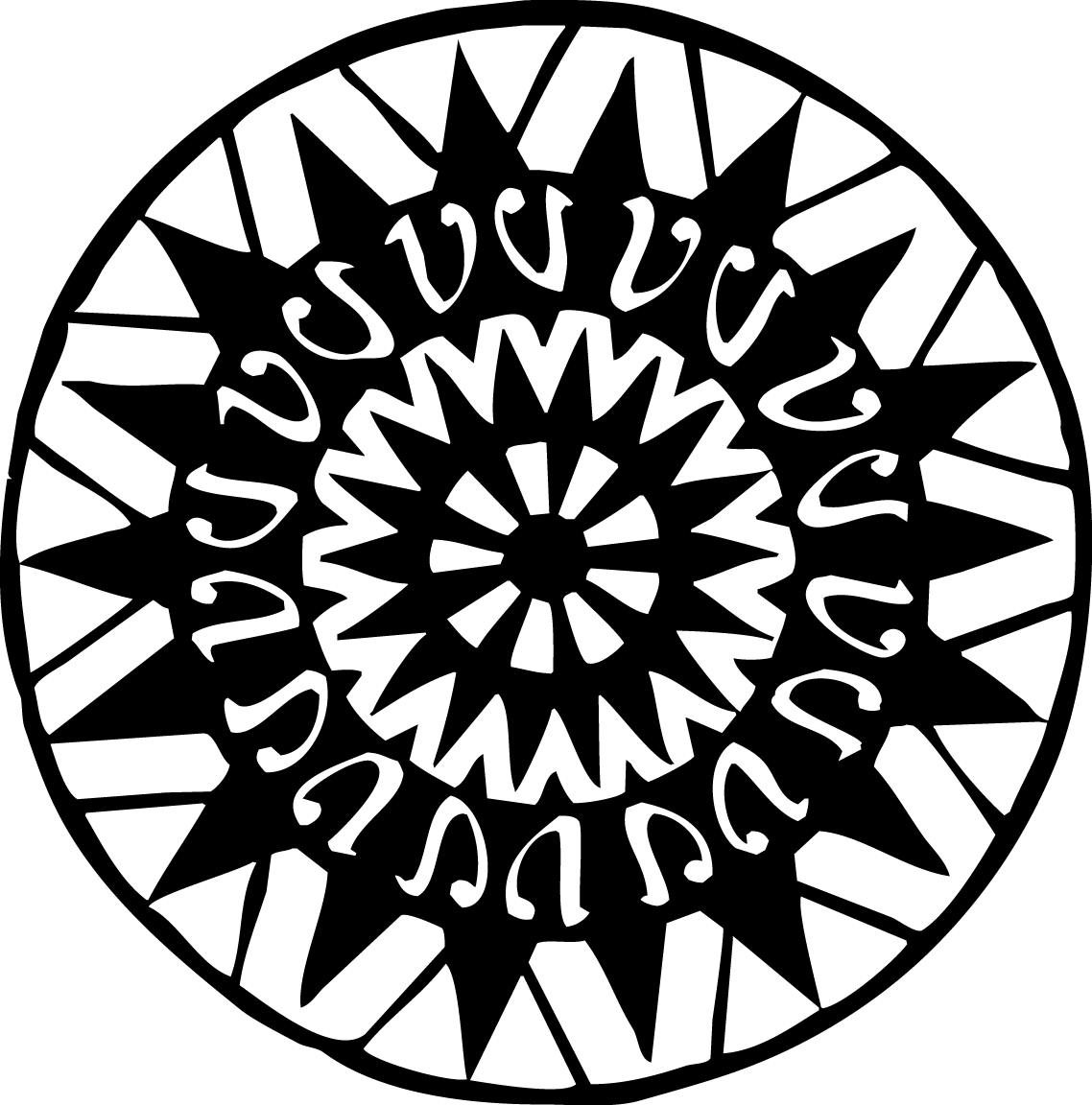For four years, I was the primary caregiver for my aunt who had dementia. She’d experienced GERD and was diagnosed with an hiatal hernia several years before she began to experience any effects of dementia. Because my aunt was an artist, she often had a colorful way of describing things; she’d say she felt she was being strangled when she was swallowing her pills. Because of her hiatal hernia, we’d grown used to comments about swallowing. As her dementia advanced these comments would come when she was protesting taking her medicine or in casual conversation. They were presented as a complaint, instead of a problem, so they were categorized on the list of normal complaints you hear from someone as they begin to age.
Though there were often long battles about taking medicine, it never occurred to us that there might be a problem with the mechanisms of her swallowing. She seemed to have no problem with the foods she loved. For instance, she had a friend that would bring her a hot dog supper every Saturday.
When she moved to assisted living, they began to give her all of her pills in applesauce. As a result, her complaints about swallowing decreased and she became more compliant in taking her medicine. I now believe she was experiencing dysphagia as a result of her dementia.
Dysphagia is the medical term for the symptom of difficulty in swallowing. It is not a disease itself, instead it is a symptom of something else that is going on. You can have dysphagia because of a faulty laryngeal system, paralysis in your vocal tract because of a stroke, or any host of issues related to the mechanics of your swallowing. Though I knew swallowing disorders were a risk for people with dementia, I didn’t realize that was what was happening to her. I was expecting the swallowing problems to be more pronounced.
Impact on your life
Dysphagia brings a major life change. Spontaneity around meals ceases to exist, more meal planning is required to ensure the appropriate textures could be accommodated in meals. Eating out at a restaurant would be hard, if not impossible.
Planning every meal and not eating out would be difficult, but manageable, however, shared meals with friends, which are the cornerstone of social life, would become virtually impossible. It’s not uncommon for my friends and I to sit at the dinner table for 2-3 hours eating, drinking wine and engaging in conversation. Dysphagia would certainly make me reluctant to engage in any social situation that involved eating.
This reluctance to eat among peers is something elders in assisted living experience, and for good reason. It is not uncommon for seniors to get bullied based on their capabilities. What they are eating can make them a target. If you have dysphagia and are on a restricted diet, the food you eat is going to look different than the food your peers are served.
When recommending a modified diet, clinicians must balance safety with the likelihood the individual will eat the recommended food. Since food is closely tied with memories and social activity, it is an important consideration in the quality of life. If a patient doesn’t find the food they are prescribed desirable, they will be less likely to continue to eat. Rapid weight loss can be a gateway to other health issues. According to the American Speech-Language Hearing Association (ASHA),
“The person’s culture, ethnicity, likes and dislikes, desire to socialize and other aspects of the person’s life affect what he or she will eat. The bottom line? If the person doesn’t like the food presented—or if its consistency is changed to the point where the person doesn’t even recognize it as food—the person is unlikely to eat it.”
Safety was prioritized over autonomy for my aunt. This shift in priorities was hard on everyone and remained a struggle until she passed away. If we had changed her diet to something that would have worked better with her swallowing capabilities, I do not believe she would have lived as long. Food was wrapped up into so many of her social engagements and memories.
Advancements in Technology
I frequently write about designing solutions for the elderly. One frequent topic is related to dysphagia: 3D printed food. With a 3D food printer you prepare meals by putting pureed foods into a 3D printer. The printer will then print the food in shapes resembling the ingredient (i.e., carrots that are printed to look like carrots) at a texture the individual can tolerate.
3D printed food is not commonplace now, but it is available in some assisted living facilities. Researchers estimate it can be in the next few years. I look forward to seeing how this technology evolves to helps those with dysphagia.
Shameless Plug
I am going to bring this perspective to the panel, (3D Printed Food: Spam or Paté? You Decide.) at SXSW this March. Expect to see more articles on this topic in the meantime.








Discussing Designing for the Fringe on the 3D LILA Podcast.